The alarming spread of Covid-19 has had the automotive industry respond with extraordinary measures like mass-producing indigenously built life-support systems and PPE.
Story by: Ashish Bhatia
 Ventilators are believed to give patients a 50-50 shot at survival, based on the early reports and claims coming in from across China, Italy and the United States. The probability of a 50 per cent success rate in saving lives amidst a high fatality rate the world over was enough for India to follow suit and ramp up the production of ventilators. According to the Indian Council of Medical Research (ICMR), India was estimated to require four million ventilators for a worst-case scenario of the Covid-19 outbreak. The country on the last count was making do with less than 50,000 units (excluding the order placed for 49,000 ventilators as announced by Lav Agarwal, Joint Secretary, Health Ministry). Limiting the approach to ramp up production and or imports was the high-cost factor. For instance, an imported ventilator is priced in the range of rupees 11-18 lakh compared to an Indian make priced in the range of rupees five to seven lakh. The central government’s move to grant exemption from basic customs duty and health cess, on the import and manufacture of these goods as per a statement of the Department of Revenue ensured automotive and component manufacturers went all out and played their part.
Ventilators are believed to give patients a 50-50 shot at survival, based on the early reports and claims coming in from across China, Italy and the United States. The probability of a 50 per cent success rate in saving lives amidst a high fatality rate the world over was enough for India to follow suit and ramp up the production of ventilators. According to the Indian Council of Medical Research (ICMR), India was estimated to require four million ventilators for a worst-case scenario of the Covid-19 outbreak. The country on the last count was making do with less than 50,000 units (excluding the order placed for 49,000 ventilators as announced by Lav Agarwal, Joint Secretary, Health Ministry). Limiting the approach to ramp up production and or imports was the high-cost factor. For instance, an imported ventilator is priced in the range of rupees 11-18 lakh compared to an Indian make priced in the range of rupees five to seven lakh. The central government’s move to grant exemption from basic customs duty and health cess, on the import and manufacture of these goods as per a statement of the Department of Revenue ensured automotive and component manufacturers went all out and played their part.
Estimated to invest 1.15 per cent of its Gross Domestic Product (GDP) in public healthcare, lower than some of the emerging economies, Government of India until before the pandemic was working towards realising an upward revision of its public healthcare spend close to 2.5 per cent of the GDP by 2025. While that vision took shape, the Government requested the automotive industry to help it negate the risk of a high severity owing to inadequate public healthcare infrastructure. Original Equipment Manufacturers (OEMs) complying to stringent lockdown measures meant that regular automotive production came to a complete standstill across manufacturing plants in the country. Big or small, it meant that auto companies if permitted were free to utilise their manufacturing resources and put them to good use. In unprecedented support, the major contributor to the economy – the automotive sector provided aid ‘Just in Time’.
 The freed-up resources had OEMs do what they do best. Innovate! OEMs responded with extraordinary measures from mass-producing indigenous life-support systems or ventilators to helping the government address the shortfall of Personal Protective Equipment (PPE) like face shields and masks for the front line workers and for mass consumption in general. A testimony to it is the Automotive Component Manufacturers Association (ACMA) creating a task force to evaluate the possibility of manufacture and import of critical equipment. The industry sought guidance from the government on the standards for such equipment and assessed the quantities before roll out.
The freed-up resources had OEMs do what they do best. Innovate! OEMs responded with extraordinary measures from mass-producing indigenous life-support systems or ventilators to helping the government address the shortfall of Personal Protective Equipment (PPE) like face shields and masks for the front line workers and for mass consumption in general. A testimony to it is the Automotive Component Manufacturers Association (ACMA) creating a task force to evaluate the possibility of manufacture and import of critical equipment. The industry sought guidance from the government on the standards for such equipment and assessed the quantities before roll out.
Eicher Group engaged in talks with various government organisations to support the production of ventilators. In addition, the company also worked to provide critical medical equipment, employing and leveraging new-age technologies like 3D printing for rapid scale-up of parts for the medical equipment. Hyundai Motor India Foundation (HMIF), the CSR arm of Hyundai Motor India Ltd. (HMIL) partnered a local manufacturer to enhance the production of ventilators to meet growing demand in Tamil Nadu and other states. HMIF submitted an in-house developed prototype ventilator to the Government of Tamil Nadu for consideration. Said SS Kim, MD & CEO, Hyundai Motor India Ltd., “In these challenging times, our global vision – ‘Progress for Humanity’, holds us firmly rooted to core values of community service.”
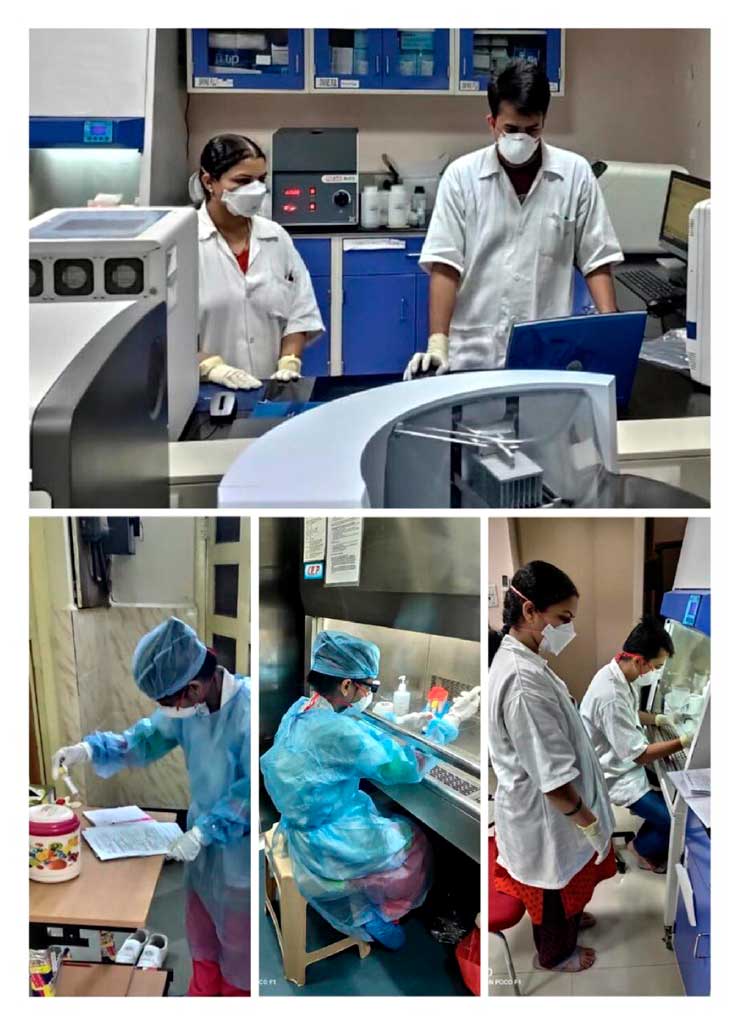
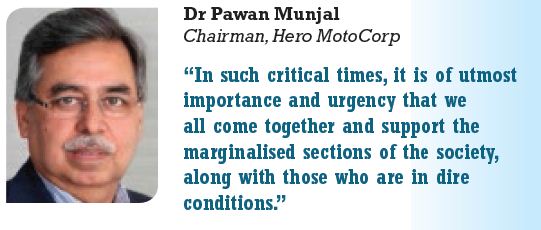 Mercedes-Benz India extended support to the Grant Medical Foundation (Ruby Hall Clinic) by donating ventilators. Working towards setting up a temporary hospital with medical facilities and isolation wards for Covid-19 patients, situated in Mhalunge-Ingale village, Chakan Khed, the newly developed medical facility with isolation wards can handle 1500 patients. Mentioned Martin Schwenk, Managing Director & CEO, Mercedes-Benz India, “The new medical facility will help support the local authorities and the people of the region with healthcare in the coming times if the situation worsens. We hope for steady recovery from the crisis.” Post easing of Covid-19 pandemic, the OEM is expected to close down the make-shift facility and donate the medical equipment to the civil hospital of Khed.
Mercedes-Benz India extended support to the Grant Medical Foundation (Ruby Hall Clinic) by donating ventilators. Working towards setting up a temporary hospital with medical facilities and isolation wards for Covid-19 patients, situated in Mhalunge-Ingale village, Chakan Khed, the newly developed medical facility with isolation wards can handle 1500 patients. Mentioned Martin Schwenk, Managing Director & CEO, Mercedes-Benz India, “The new medical facility will help support the local authorities and the people of the region with healthcare in the coming times if the situation worsens. We hope for steady recovery from the crisis.” Post easing of Covid-19 pandemic, the OEM is expected to close down the make-shift facility and donate the medical equipment to the civil hospital of Khed.
Hero MotoCorp committed to distributing 100 ventilators to hospitals. Besides ventilators, the company also offered masks, sanitizers, gloves to health departments. Dr Pawan Munjal, Chairman, Hero MotoCorp said, “In such critical times, it is of utmost importance and urgency that we all come together and support the marginalised sections of the society, along with those who are in dire conditions.” CSIR- National Chemical Laboratory (NCL) Pune scaled up the development of handheld digital IR thermometer capable of being powered from a mobile phone or power bank, together with Bharat Electronics Ltd (BEL), in Pune. Under the arrangement, 100 prototype units were to be made available for pilot distribution and testing at TUV Rheinland India, in Bangalore.
 In an arrangement with AgVa Healthcare, Maruti Suzuki India Ltd (MSIL) agreed to produce both ventilators and PPE. With a capacity to make 10,000 ventilators a month, MSIL also roped in other JV partners. While AgVa Healthcare took charge of the technology, performance and other matters related to all the ventilators produced and sold by them, MSIL activated key suppliers to provide the needed components. It took charge of upgrading systems for production and quality control associated with mass production. Krishna Maruti Limited, a JV partner of MSIL was roped in to manufacture 3-ply masks especially for supply to the central and Haryana government. Another JV partner, Bharat Seats Limited, came forward to manufacture protective suits for health workers subject to approvals.
In an arrangement with AgVa Healthcare, Maruti Suzuki India Ltd (MSIL) agreed to produce both ventilators and PPE. With a capacity to make 10,000 ventilators a month, MSIL also roped in other JV partners. While AgVa Healthcare took charge of the technology, performance and other matters related to all the ventilators produced and sold by them, MSIL activated key suppliers to provide the needed components. It took charge of upgrading systems for production and quality control associated with mass production. Krishna Maruti Limited, a JV partner of MSIL was roped in to manufacture 3-ply masks especially for supply to the central and Haryana government. Another JV partner, Bharat Seats Limited, came forward to manufacture protective suits for health workers subject to approvals.
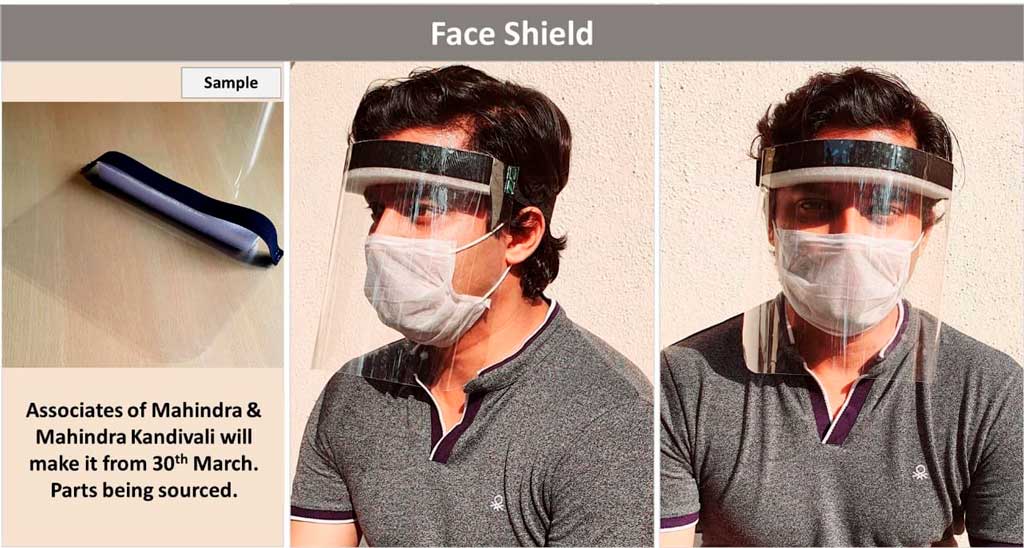 Mentioned Dr Pawan Goenka, Managing Director, Mahindra & Mahindra that the company worked on a two-pronged strategy and geared up manufacturing plants to produce ventilators. “At one end, we along with two large PSUs are working with an existing manufacturer of high specification ventilators to help them to simplify design and scale-up capacity. Our engineering team is right now with them working on it,” he tweeted. “At another end, we are working on an automated version of the bag valve mask ventilator (Ambu bag is claimed to cost less than Rs.7,500). We hope to have a proto ready in three days for approval. Once proven this design will be made available to all for manufacturing,” he added to the thread. With a design sourced from partner Ford Motor, the OEM beginning with 500 face shields shared plans to ramp up. The company’s two-wheeler manufacturing plant located at Pithampur, in Madhya Pradesh, from where Jawa motorcycles are manufactured, also assembled face shields. Associates of Mahindra & Mahindra (M&M) began manufacturing face shields with the sourced parts. For instance, Ukay Metal Industries Pvt. Ltd., opened its Pune plant to produce roll parts for face shields, insisting on offering the first 50,000 kits for free. Saral Designs, a startup sought help to modify their machines to produce 3-ply masks. In response, M&M set up a manufacturing line at Kandivali to help produce the latter with a bacteria efficiency of 99.5 per cent and UV sterilised.
Mentioned Dr Pawan Goenka, Managing Director, Mahindra & Mahindra that the company worked on a two-pronged strategy and geared up manufacturing plants to produce ventilators. “At one end, we along with two large PSUs are working with an existing manufacturer of high specification ventilators to help them to simplify design and scale-up capacity. Our engineering team is right now with them working on it,” he tweeted. “At another end, we are working on an automated version of the bag valve mask ventilator (Ambu bag is claimed to cost less than Rs.7,500). We hope to have a proto ready in three days for approval. Once proven this design will be made available to all for manufacturing,” he added to the thread. With a design sourced from partner Ford Motor, the OEM beginning with 500 face shields shared plans to ramp up. The company’s two-wheeler manufacturing plant located at Pithampur, in Madhya Pradesh, from where Jawa motorcycles are manufactured, also assembled face shields. Associates of Mahindra & Mahindra (M&M) began manufacturing face shields with the sourced parts. For instance, Ukay Metal Industries Pvt. Ltd., opened its Pune plant to produce roll parts for face shields, insisting on offering the first 50,000 kits for free. Saral Designs, a startup sought help to modify their machines to produce 3-ply masks. In response, M&M set up a manufacturing line at Kandivali to help produce the latter with a bacteria efficiency of 99.5 per cent and UV sterilised.
TVS Motor joined hands with Sastra University according to Venu Srinivasan, Chairman at TVS Motor to produce ventilators and key parts of the medical apparatus. With Sundaram Clayton, the company took to manufacture and supply of related equipment besides also collaborating with 3D Printing firms. The Defence Research and Development Organisation (DRDO) came forward to develop ‘multi-patient ventilators’ to help the government meet the projected demand. In addition to the initiatives taken from Tata Trusts, Tata Group came forward to help ramp up the production of ventilators. ACI
Mechanism of a Ventilator
Globally regarded as the crucial missing link between patients recovering and patients succumbing to the life-threatening Covid-19 virus, ventilators, according to experts in the field, helps doctors buy time for other agents known to heal a patient’s lungs ultimately leading to full recovery. Just like the need for fresh air in a room or in a building, ventilation in the human body aids in the exchange of air between the lungs and the atmosphere. It is here that a ventilator is required to simulate the process and provide temporary ventilatory support. According to the World Health Organisation (WHO), it is the ability to offer mechanical respiratory assistance and adequate ventilation to patients weighed down by illness, trauma, congenital defects, or drugs including anaesthetics that makes ventilators a crucial inclusion in any country’s arsenal.
A ventilator is typically made up of a flexible breathing circuit, a control system, monitors, and alarms. It functions such that the gas is delivered using a double-limb breathing circuit. The gas may be either heated or humidified using appropriate devices. The exhalation limb is known to release the gas to the ambient atmosphere. The intensive care ventilators are usually connected to a wall gas supply. Ventilators, in general, are microprocessor controlled and regulate the pressure, volume, and FiO2 with the power known to be supplied from either an electrical wall outlet or a battery unit. Here FiO2 is the per centage of oxygen in the air mixture delivered to the patient. The flow being the speed in litres per minute at which the ventilator delivers breaths and compliance being the change in volume divided by change in pressure.
Using the control mode, patients are provided with complete support in the case of not being in a position to breathe all by themselves. The ventilator in the control mode provides mandatory breaths at preset time intervals restricting the patient from breathing spontaneously. Assist/control modes according to the WHO provides complete support. For instance, it delivers an assisted breath whenever the ventilator senses a patient’s inspiratory effort. Mandatory breaths are delivered at preset time intervals. Through volume-controlled breaths, a control system ensures that only a predetermined tidal volume is delivered during the inspiratory cycle. Pressure-controlled breaths regulate the flow delivery to attain and sustain a clinician-set inspiratory pressure level for a set time so that the ventilator delivers controlled or assisted breaths that are time cycled. Combination modes are also available. Ventilator manufacturers need to ensure no leaks in the breathing circuit or components as the latter could prevent the ventilator from delivering the appropriate amount of ventilation. Proper maintenance and imparting training to help operators avoid errors or machine failures is critical to the process.



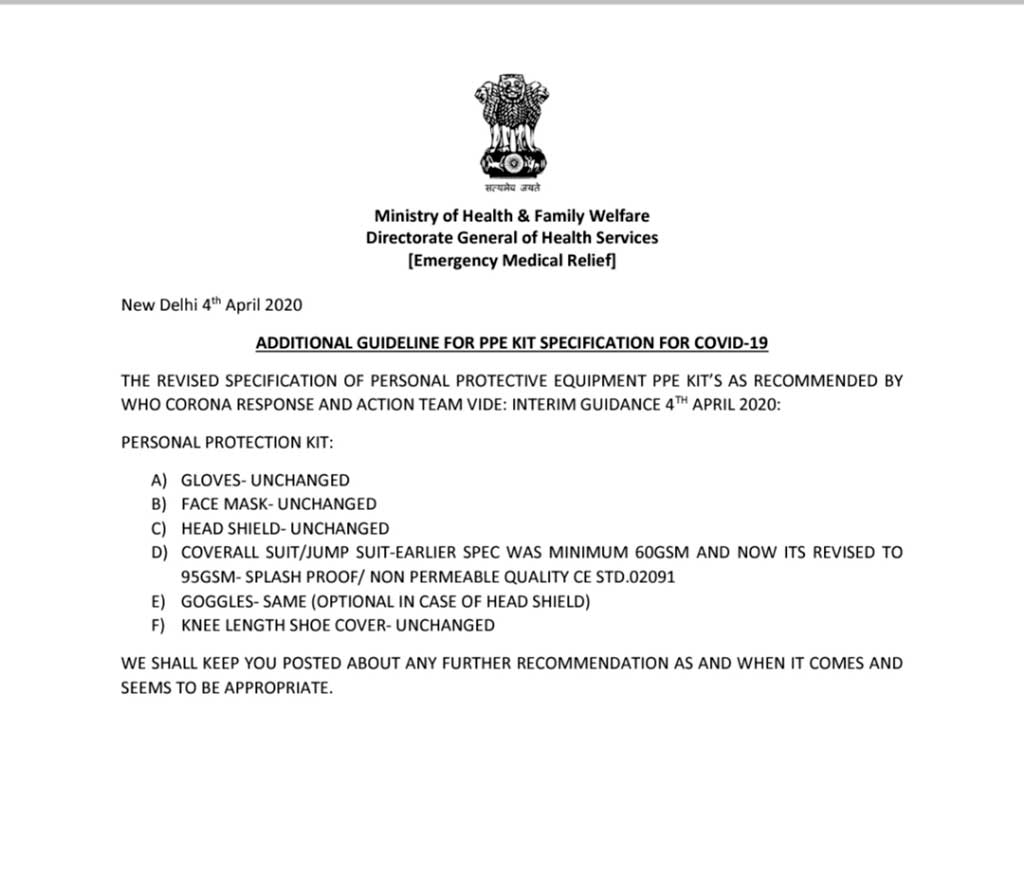
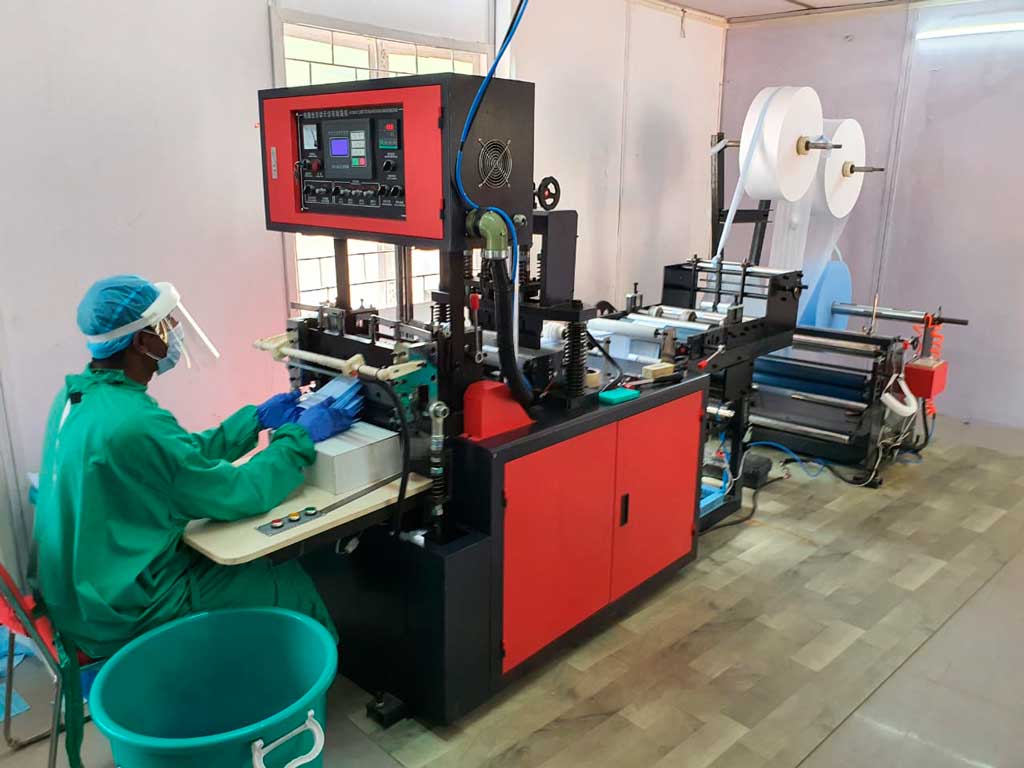




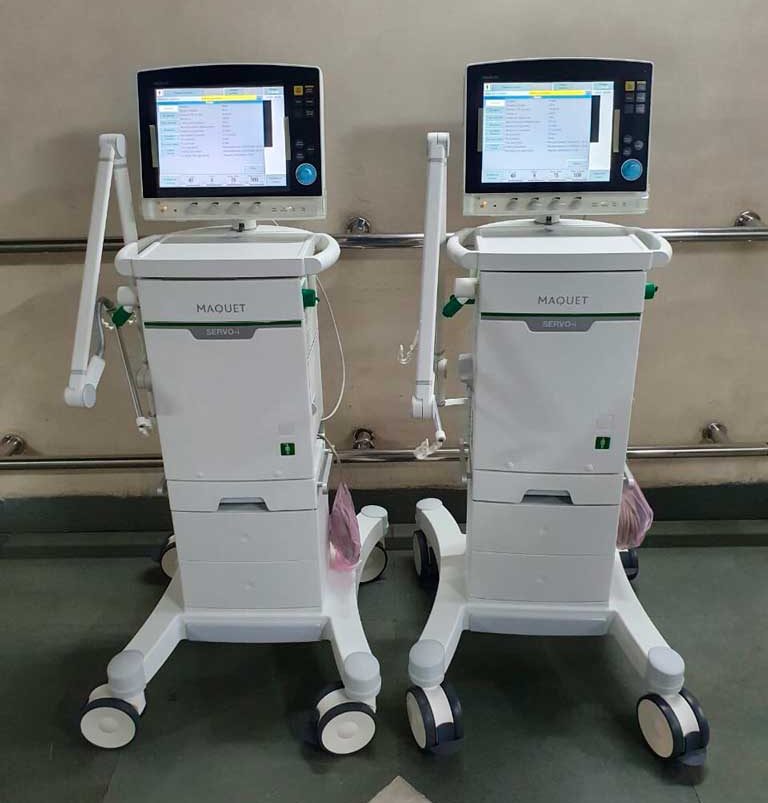








Leave a Reply